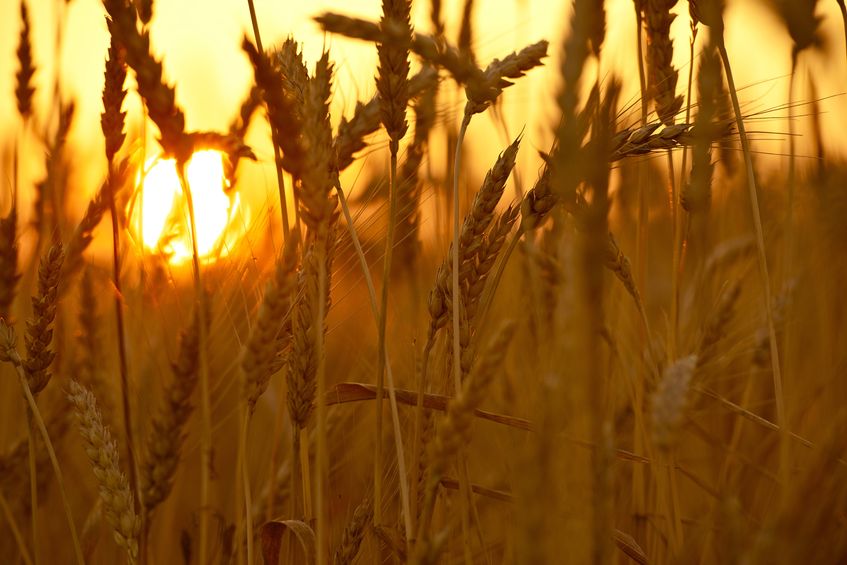
Latest figures from the UN Food and Agriculture Organisation's (FAO) show prices of major food commodities declined for the fifth year in a row in 2016.
Bumper harvests and prospects for staple cereals offset upward pressure on FAO Food Price Index, which averaged 161.6 points for the year as a whole, some 1.5 percent below their 2015 levels.
In December, the Index averaged nearly 172 points, unchanged from November.
The FAO Food Price Index is a trade-weighted index tracking international market prices for five key food commodity groups: major cereals, vegetable oils, dairy, meat and sugar.
2016 was marked by a steady decline in cereal prices, which fell 9.6 percent from 2015 and were down 39 percent from their 2011 peak. At the same time, sugar and vegetable oil prices rose over the year by 34.2 percent and 11.4 percent, respectively.
'Economic uncertainties'
"Economic uncertainties, including movements in exchange rates, are likely to influence food markets even more so this year," said FAO senior economist Abdolreza Abbassian.
FAO's Cereal Price Index, largely stable since September, increased 0.5 percent in the month of December, with rice and maize quotations firming up while larger-than-expected production estimates in Australia, Canada and the Russian Federation led to lower wheat prices.
The FAO Dairy Price Index also rose, by 3.3 percent, from November, due primarily to higher prices for butter, cheese and whole milk powder and restrained output in the European Union and Oceania.
The FAO Meat Price Index declined 1.1 percent from its revised November level. Its average value in 2016 was 7 percent below that of 2015, due mainly to falls in the international prices of bovine and poultry meats.
